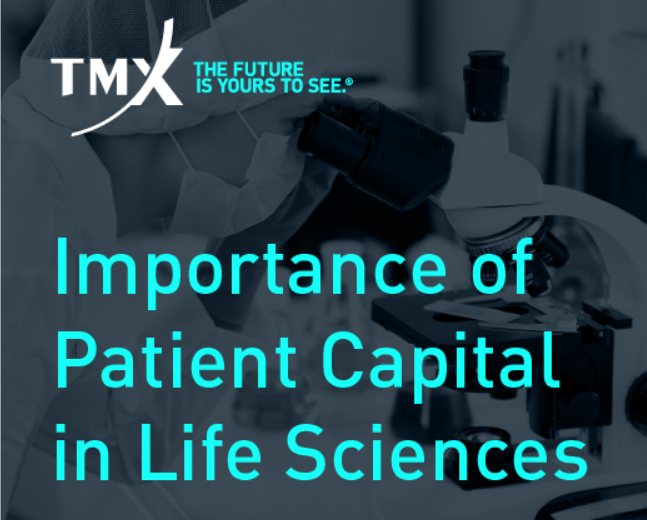
A new report out of HHS’ Office of the Chief Technology Officer examines how data can better be shared within the various agencies of HHS.
Called “The State of Data Sharing at the U.S. Department of Health & Human Services,” the document is based on interviews with leaders and other personnel from 11 HHS agencies. It outlines the challenges the department faces, as well as potential next steps regarding how to address the problem.

A Deep-dive Into Specialty Pharma
A specialty drug is a class of prescription medications used to treat complex, chronic or rare medical conditions. Although this classification was originally intended to define the treatment of rare, also termed “orphan” diseases, affecting fewer than 200,000 people in the US, more recently, specialty drugs have emerged as the cornerstone of treatment for chronic and complex diseases such as cancer, autoimmune conditions, diabetes, hepatitis C, and HIV/AIDS.
Here are the hurdles to data sharing outlined in the report:
- Process for data access. There aren’t standardized procedures for one agency to request information from another. On top of that, there aren’t any consequences when agencies delay or deny sharing data.
- Technology for data access and analysis. The programs and tools used to share information vary widely across agencies. There are also concerns about data misinterpretation, as agency staff members aren’t always assured their data will be properly handled after it is shared.
- Regulatory environment. Numerous statutes and policies (such as the HIPAA Privacy Rule) govern the collection and use of the data. The onerous nature of such regulations can make data sharing difficult.
- Disclosure risk management. Restrictions related to ensuring patient privacy can present a challenge when it comes to sharing information. As more granular data is collected, there’s more of a risk of identifying personal patient characteristics, geographic areas or other details.
- Norms and resource constraints. Some agencies’ staff members don’t necessarily view data sharing as part of their job, while others don’t see the demand for sharing nonpublic information. Plus, resources to implement data vary across agencies, and agencies don’t want to critique each other about how they treat data requests.
What’s next for HHS? Having a full understanding of the data sharing problem is the first step, according to the report.
Moving forward, the department plans to identify specific use cases and demonstrate the business value of data sharing. It also intends to look at existing interagency agreements and develop a technical environment for data analysis, workflow management and improving data acquisition. Additionally, HHS has already initiated data science training programs.

Using Informed Awareness to Transform Care Coordination and Improve the Clinical and Patient Experience
This eBook, in collaboration with Care Logistics, details how hospitals and health systems can facilitate more effective decision-making by operationalizing elevated awareness.
“Efforts are underway to construct an enterprise-wide data sharing framework, through validation and collaboration with agencies and using an agile development approach,” the report concludes. “Ultimately, success will require a long-term investment, continued collaboration and the iterative demonstration of value from data to drive the culture change essential to transforming HHS.”
Photo: Pixtum, Getty Images













